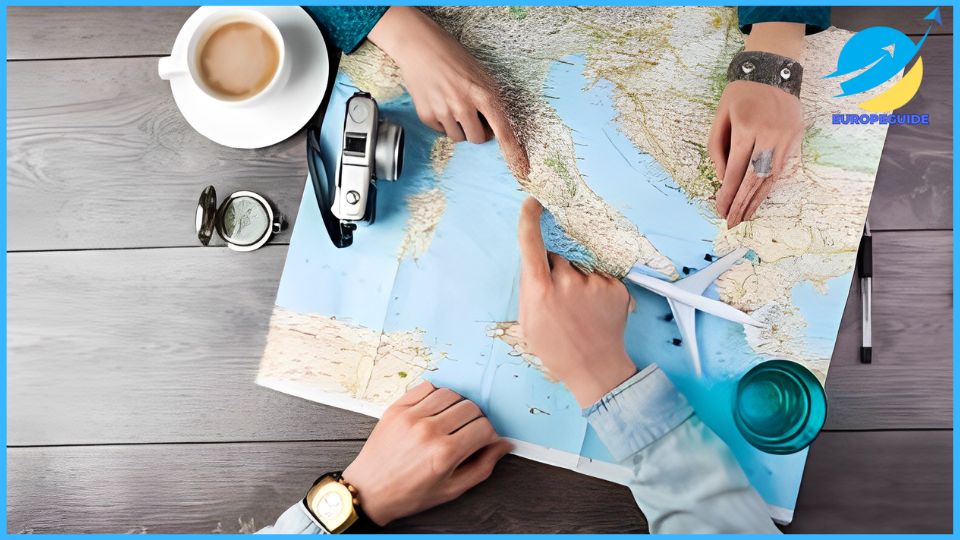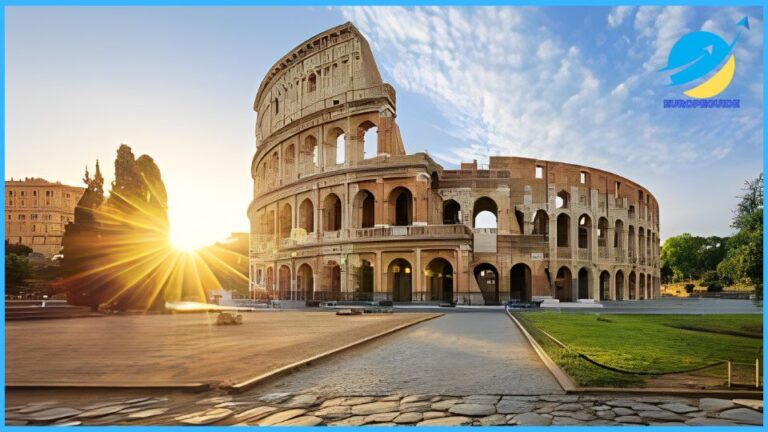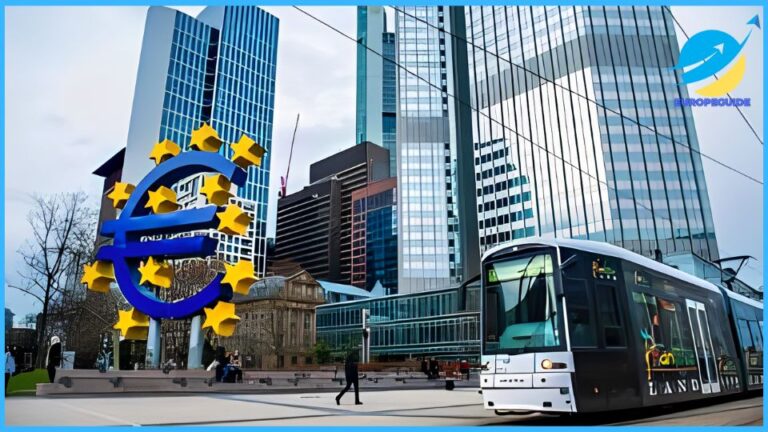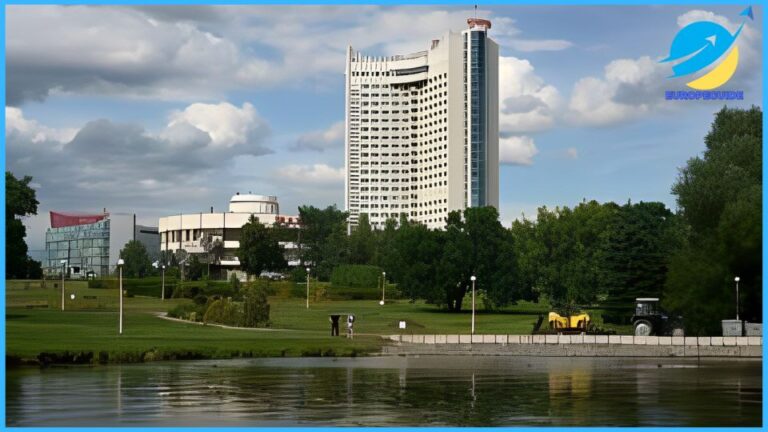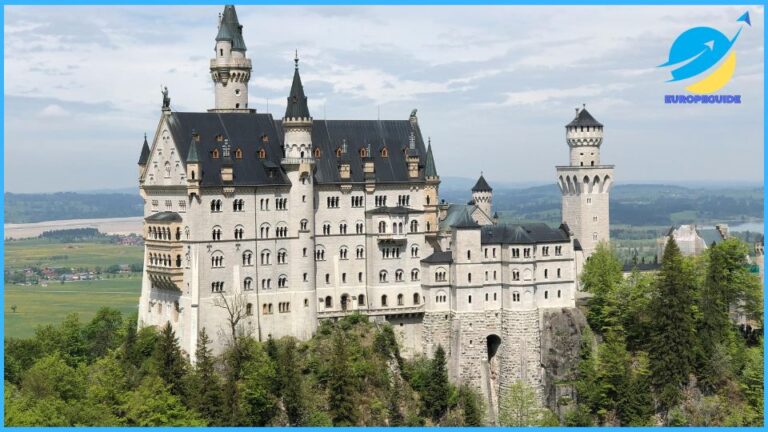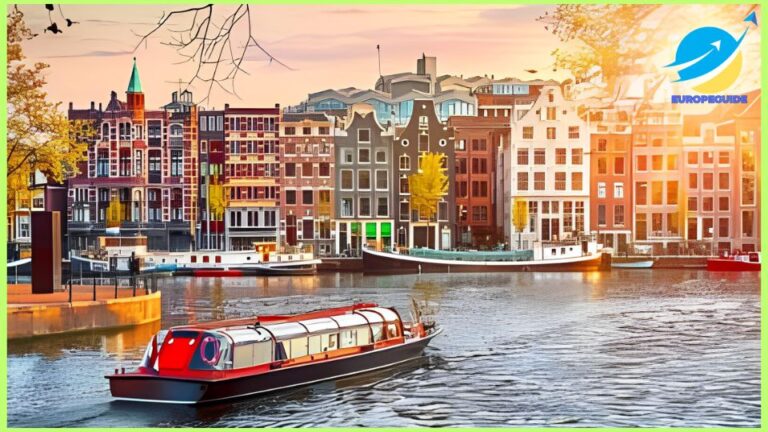Travel and Tourism in Europe Statistics
Europe, a continent steeped in history, culture, and diversity, has long been a magnet for travelers seeking an enriching and immersive experience. The travel and tourism industry in Europe is a dynamic and multifaceted sector that contributes significantly to the region’s economy. This article delves into the statistics and trends shaping the travel and tourism landscape in Europe, offering a comprehensive overview of the industry.
Economic Impact:
Travel and tourism play a pivotal role in Europe’s economic landscape, contributing substantially to employment, GDP, and foreign exchange earnings. According to the World Travel & Tourism Council (WTTC), the travel and tourism sector in Europe accounted for 9.9% of the total GDP in 2019, employing approximately 22 million people. The industry’s economic impact is not confined to traditional tourist destinations; it resonates across a broad spectrum of sectors, from hospitality and transportation to entertainment and retail.
Visitor Arrivals and Departures:
Europe stands out as one of the most visited continents globally, attracting millions of tourists each year. The European Travel Commission reported over 700 million international tourist arrivals in 2019, highlighting the region’s enduring appeal. Popular destinations such as France, Spain, Italy, and Germany consistently rank among the top choices for travelers. However, the tourism landscape underwent a seismic shift in 2020 and 2021 due to the COVID-19 pandemic, resulting in a significant decline in visitor numbers.
Impact of COVID-19:
The global pandemic has had an unprecedented impact on the travel and tourism industry in Europe. Lockdowns, travel restrictions, and health concerns led to a drastic reduction in international tourist arrivals. According to Eurostat, the statistical office of the European Union, the number of nights spent in tourist accommodation establishments in the EU fell by 52% in 2020 compared to the previous year. This downturn has had profound implications for businesses dependent on tourism, highlighting the industry’s vulnerability to external shocks.
Emerging Trends in Travel:
As the world gradually recovers from the pandemic, the travel and tourism industry in Europe is witnessing the emergence of new trends. Sustainable and responsible tourism is gaining momentum, with travelers expressing a growing preference for eco-friendly and socially responsible practices. Digitalization is also reshaping the way people plan and experience travel, with online booking platforms, virtual tours, and contactless services becoming increasingly popular.
Challenges and Opportunities:
While the travel and tourism industry in Europe faces challenges such as the ongoing impact of the pandemic, climate change concerns, and geopolitical uncertainties, it also presents opportunities for innovation and growth. Governments, businesses, and stakeholders are exploring ways to rebuild a more resilient and sustainable tourism sector, embracing technological advancements and fostering collaboration to overcome obstacles.
Diversification of Tourism Products:
Europe’s allure is not solely confined to historical landmarks and cultural treasures. The continent is diversifying its tourism offerings to appeal to a broader range of interests. Adventure tourism, culinary experiences, wellness retreats, and niche activities are gaining popularity. Countries like Iceland and Switzerland are capitalizing on their natural landscapes for adventure seekers, while culinary tourism is flourishing in regions like Italy and Spain, enticing food enthusiasts from around the globe.
Cruise Tourism:
Europe boasts an extensive network of navigable rivers and a picturesque coastline, making it a prime destination for cruise tourism. River cruises along the Danube, Rhine, and Seine, as well as ocean cruises in the Mediterranean and Baltic Seas, offer travelers a unique perspective on the continent’s beauty. Cruise tourism has witnessed steady growth, with major ports like Barcelona, Venice, and Athens serving as key embarkation points.
Innovations in Accommodation:
The accommodation landscape in Europe is transforming with the rise of alternative lodging options. While traditional hotels remain popular, vacation rentals, boutique guesthouses, and eco-friendly accommodations are gaining traction. Platforms like Airbnb have revolutionized the way travelers find and book accommodations, providing a more personalized and diverse range of choices.
Collaborative Tourism Initiatives:
Countries within the European Union are increasingly collaborating on joint tourism initiatives to maximize their appeal and streamline travel logistics. The European Tourism Manifesto, a comprehensive strategy developed by a coalition of stakeholders, emphasizes the importance of a united approach to promote Europe as the world’s leading tourist destination. Such collaborative efforts aim to enhance the competitiveness of individual destinations and the continent as a whole.
Cultural and Festive Tourism:
Europe’s rich cultural tapestry is a major draw for tourists seeking immersive experiences. Festivals, carnivals, and cultural events throughout the year showcase the diversity of traditions and celebrations. Events like Oktoberfest in Germany, La Tomatina in Spain, and the Edinburgh Festival Fringe in Scotland attract millions of visitors annually, contributing to the vibrant cultural landscape and fostering cross-cultural exchanges.
Tourism Infrastructure Development:
Investments in tourism infrastructure continue to shape the industry’s future in Europe. Governments are upgrading transportation networks, expanding airport capacities, and improving connectivity to ensure smooth and efficient travel experiences. High-speed rail networks, in particular, facilitate seamless travel between major cities, encouraging tourists to explore multiple destinations within a single trip.
The Role of Digitalization:
Digital technologies are playing an increasingly integral role in the travel experience. From online booking platforms and mobile apps to virtual reality tours, technology is enhancing convenience and personalization. Moreover, the use of data analytics is helping destinations understand tourist behavior, enabling them to tailor offerings and marketing strategies to specific demographics.
Cultural Heritage Preservation:
Europe’s historical sites and cultural heritage are invaluable assets that draw millions of visitors each year. Efforts to preserve and promote these treasures are a priority for many European countries. UNESCO World Heritage Sites, such as the Acropolis in Greece, the Colosseum in Italy, and the Tower of London in the UK, contribute significantly to the continent’s tourism appeal. Sustainable tourism practices and conservation initiatives ensure that these landmarks can be enjoyed by future generations.
Seasonal Tourism Variations:
Europe experiences seasonal variations in tourism, with peak travel times aligning with the summer months in the Northern Hemisphere. Winter destinations, however, attract tourists with activities like skiing and winter sports. The Alps, the Pyrenees, and Scandinavia offer prime locations for winter enthusiasts. Understanding and managing the seasonality of tourism is crucial for optimizing economic benefits and addressing potential challenges such as overcrowding during peak periods.
Emergence of Health and Wellness Tourism:
An increasing focus on health and wellness is reshaping travel trends in Europe. Spa retreats, thermal baths, and wellness resorts are becoming sought-after destinations for those seeking relaxation and rejuvenation. Countries like Hungary, known for its thermal baths, and Switzerland, with its Alpine wellness retreats, are capitalizing on this growing trend. The integration of health and wellness into travel experiences aligns with the evolving preferences of modern travelers.
Impact of Brexit on Travel:
The United Kingdom’s decision to exit the European Union, commonly known as Brexit, has introduced changes in travel regulations and dynamics. While the full implications are still unfolding, there have been adjustments in visa requirements, border controls, and travel-related agreements. These changes may influence the flow of tourists between the UK and the rest of Europe and may also impact the tourism industry within the UK itself.
Culinary Tourism Renaissance:
European cuisine has long been celebrated worldwide, and culinary tourism is experiencing a renaissance. Food and beverage play a central role in travel experiences, with tourists seeking authentic and diverse gastronomic adventures. Culinary tours, food festivals, and farm-to-table experiences are gaining popularity. Countries like France, Italy, and Spain, known for their rich culinary traditions, are leveraging their gastronomic heritage to attract food enthusiasts.
Crisis Resilience and Risk Management:
Recent crises, including the COVID-19 pandemic, have underscored the importance of crisis resilience and risk management in the travel and tourism sector. Governments and industry stakeholders are working on developing robust contingency plans, crisis communication strategies, and health protocols to mitigate the impact of unforeseen events. Building resilience ensures a quicker recovery and a more sustainable future for the industry.
Cultural Exchange and Education:
Education through travel is a growing trend, with Europe serving as an ideal classroom. Students, scholars, and cultural exchange programs contribute to a rich tapestry of cross-cultural interactions. European universities, historic sites, and museums attract students and academics from around the world, fostering a global community of learners and promoting international understanding.
Future Outlook:
As Europe navigates the complexities of a rapidly changing global landscape, the future of travel and tourism in the region is both challenging and promising. Sustainable practices, technological innovations, and a commitment to preserving cultural and natural heritage will be key factors in shaping the industry. The collaborative efforts of governments, businesses, and communities will play a pivotal role in ensuring that Europe continues to be a beacon for travelers seeking enriching and diverse experiences. The ongoing evolution of travel in Europe reflects a dynamic interplay between tradition and innovation, offering a glimpse into a future where exploration and discovery remain at the heart of the European experience.
Travel and tourism in Europe are undergoing a fascinating evolution. Despite recent challenges, the industry is resilient and adaptive, embracing sustainability, innovation, and collaboration. As Europe redefines its tourism landscape in the post-pandemic era, the continent remains a treasure trove of diverse experiences, promising unforgettable journeys for those eager to explore its historical, cultural, and natural wonders. The interplay of tradition and modernity, coupled with a commitment to responsible tourism, positions Europe as a timeless and ever-evolving destination on the global stage.

